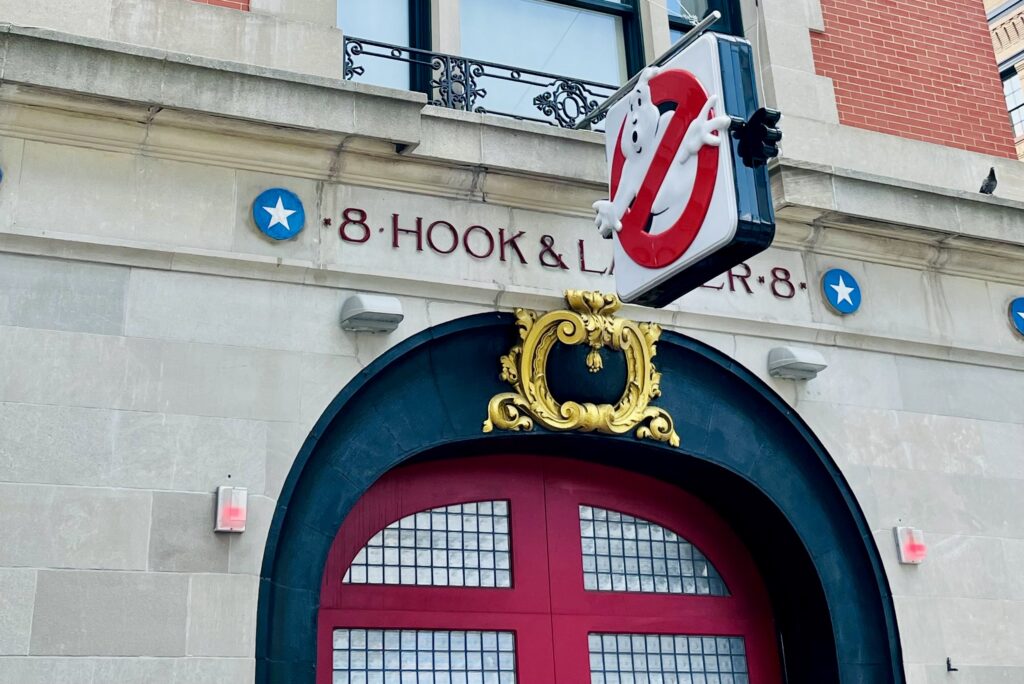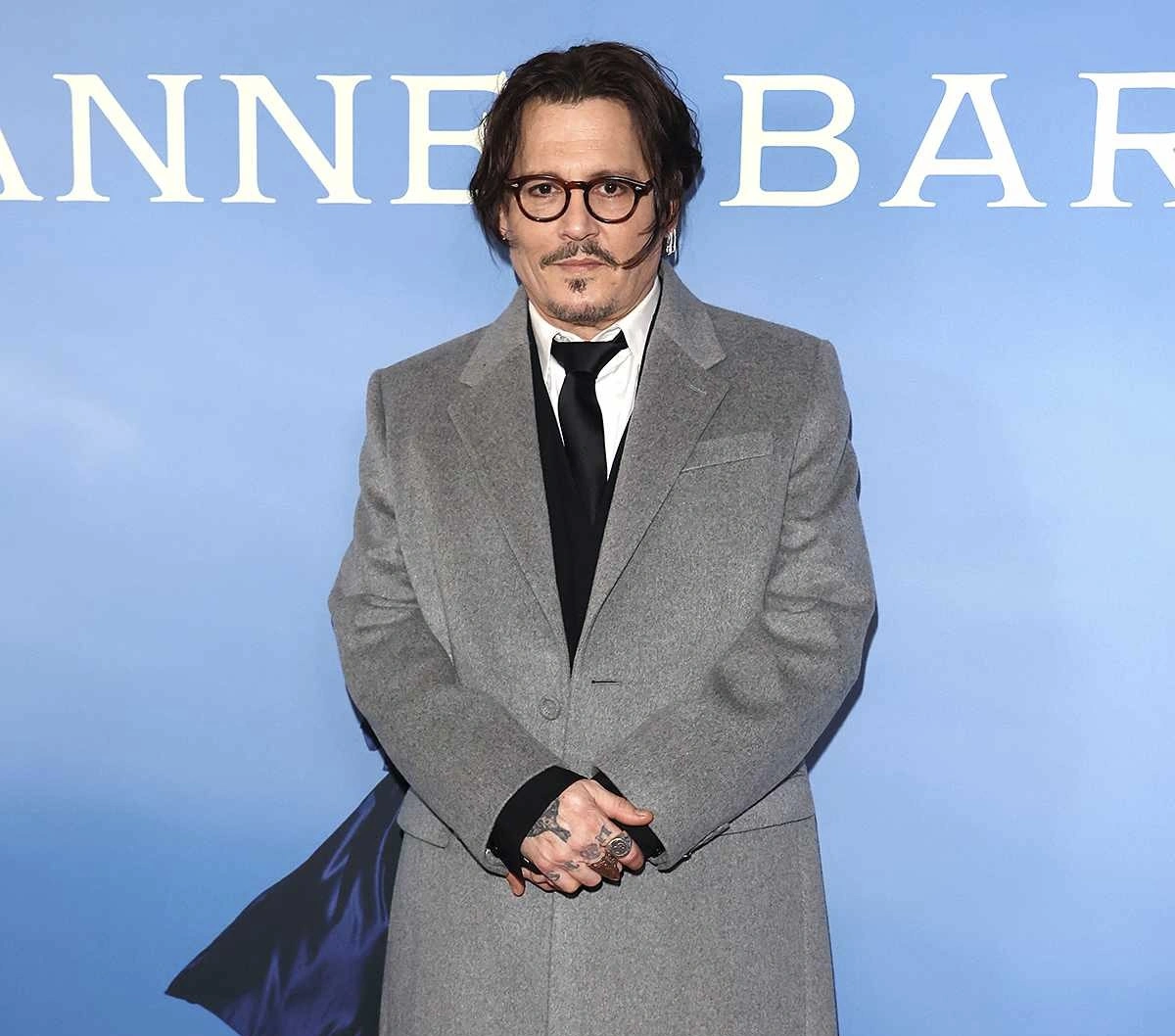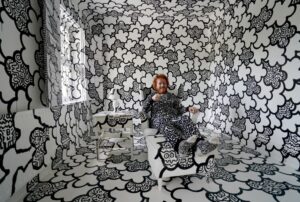Standing at 14 North Moore Street in Manhattan’s Tribeca neighborhood, Ladder 8 is a unique convergence of functional civic space and pop culture iconography. Known to many as the headquarters of the Ghostbusters in the beloved 1984 film, this small, one-door beaux-art firehouse has become a global landmark, capturing the imagination of film buffs and tourists alike. While it continues to operate as a working firehouse, serving the surrounding community with the same dedication it has exhibited for over a century, its cultural significance has evolved into something much greater: a symbol of resilience, nostalgia, and New York City’s ever-changing architectural landscape.
A Storied Past: The Origins of Ladder 8
Built in 1903, Ladder 8 was designed in the beaux-art style that was popular during the era. Its distinctive architecture, with robust brickwork, classic detailing, and a façade that suggests solidity and permanence, sets it apart from other structures in the neighborhood. Originally, the building housed both a ladder company and an engine company, making it a key part of the fire department’s operations in lower Manhattan. In the 1960s, it was restructured to accommodate just Ladder 8, but its essential role as a guardian of the neighborhood has remained unchanged.
When the Ghostbusters film crew decided to feature the firehouse as their fictional headquarters, they couldn’t have chosen a more fitting backdrop. The small, unassuming building represented the underdog spirit of the Ghostbusters team, a ragtag group of misfits battling supernatural forces in a gritty yet magical version of New York City. In many ways, Ladder 8’s use in the film underscored its dual identity: a working-class emblem of protection and a mystical refuge where extraordinary events unfold.
A Pop Culture Phenomenon
The release of Ghostbusters in 1984 instantly cemented Ladder 8 as a cultural landmark. The firehouse, which had previously been known only to the local community and firefighters, became the focal point of countless pilgrimages by fans of the film. What made it so iconic was not just its appearance but the character it took on within the Ghostbusters narrative. With its neon Ghostbusters sign hanging above the entrance and its worn, industrial aesthetic, Ladder 8 became the unofficial headquarters for fighting supernatural phenomena, cementing its place in cinematic history.
Beyond the film, the firehouse has continued to serve as a powerful symbol of the New York spirit—resilient, diverse, and steeped in tradition. Each year, thousands of visitors gather outside the station, taking photographs, leaving mementos, and engaging in impromptu re-enactments of famous scenes from the film. For these visitors, the firehouse represents a tangible link to the fictional universe they adore, as well as a bridge to the city’s authentic history.
Architectural Significance: The Beaux-Art Gem
The architectural design of Ladder 8, while modest compared to the grand buildings of lower Manhattan, is a notable example of the beaux-art style that emphasizes harmony, symmetry, and attention to detail. The firehouse’s brick façade is punctuated by a large arched doorway, crowned with intricate stonework that hints at the opulence of the early 20th century design ethos. Its small footprint and single-door entrance contribute to its unpretentious charm, contrasting sharply with the skyscrapers and glass towers that have emerged in Tribeca in recent decades.
This architectural contrast is part of what makes Ladder 8 so visually compelling. It stands as a reminder of New York’s layered history, where old and new coexist in a complex dialogue. The firehouse’s continued presence amidst Tribeca’s rapid transformation speaks to the city’s commitment to preserving its architectural heritage, even as it embraces modernity.
Navigating Fame and Functionality
Despite its fame, Ladder 8 remains a working firehouse, and its dual role as a tourist attraction and emergency response unit requires a careful balance. The firefighters stationed there have embraced their unique position in the public eye with grace and humor. They often welcome visitors with a smile, understanding that the firehouse’s celebrity status brings both benefits and challenges.
On the one hand, the attention and affection showered upon Ladder 8 have helped fund its maintenance and preservation. Donations from fans have contributed to renovations and upkeep, ensuring that the building retains its historical integrity while meeting the needs of a 21st-century firehouse. On the other hand, the constant stream of tourists can be disruptive, particularly when it interferes with emergency operations or poses a safety risk.
To manage this, the firehouse has set boundaries, including specific hours when visitors are encouraged to stop by and view the building. There’s also a clear understanding that, at its core, Ladder 8 is a place of work, where trained professionals perform vital services. For many fans, this juxtaposition—between the firehouse’s fictional role as a headquarters for battling ghosts and its real-life function as a center for life-saving operations—is part of what makes it so fascinating.
Cultural Legacy and the Future
Ladder 8’s legacy extends far beyond its brick walls. It has become a symbol of the interplay between film and reality, where physical locations take on mythic qualities through their use in storytelling. In the case of Ladder 8, this transformation has not overshadowed its true purpose but has instead added another layer to its identity.
The firehouse’s resilience is perhaps best exemplified by its recovery after the September 11 attacks. As a firehouse located near the World Trade Center, Ladder 8’s firefighters were among the first responders on that tragic day. Their bravery and sacrifice are commemorated on a memorial plaque outside the station, which now serves as a place of reflection and remembrance for visitors and locals alike.
Looking forward, the challenge for Ladder 8 will be maintaining its integrity in a city that is constantly evolving. With Tribeca’s continued development and the pressures of real estate speculation, preserving this iconic structure is not just about maintaining a piece of film history but about honoring the legacy of those who have served the community for generations.
A Beacon of the Past and Present
Ladder 8 is more than a building; it’s a beacon of New York City’s past, present, and future. Its starring role in the Ghostbusters franchise has granted it a kind of immortality that few other firehouses, or buildings for that matter, ever achieve. Yet, despite its fame, it remains grounded in its mission to protect and serve. As it stands watch over Tribeca, Ladder 8 continues to inspire awe and admiration from all who pass through its doors—whether they come seeking a piece of cinematic history or the assurance that some things in this fast-paced city will always remain constant.
No comments yet.








